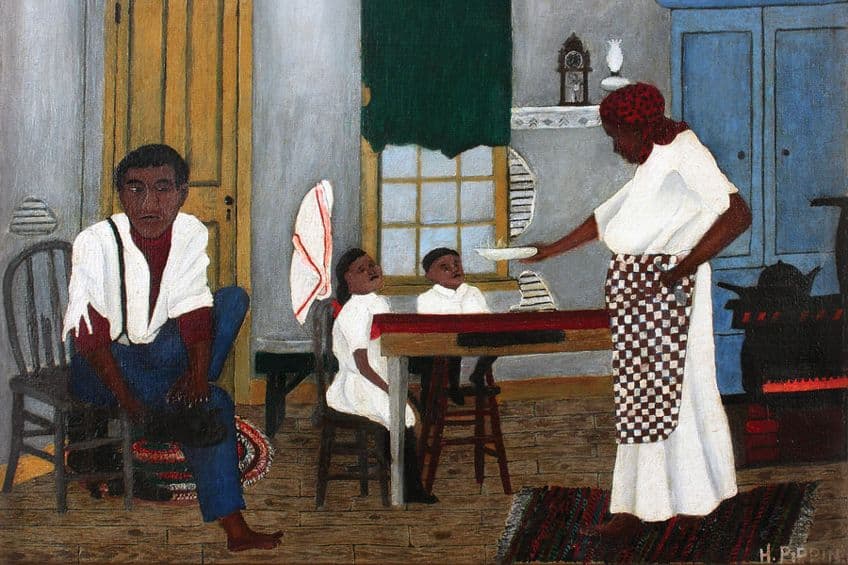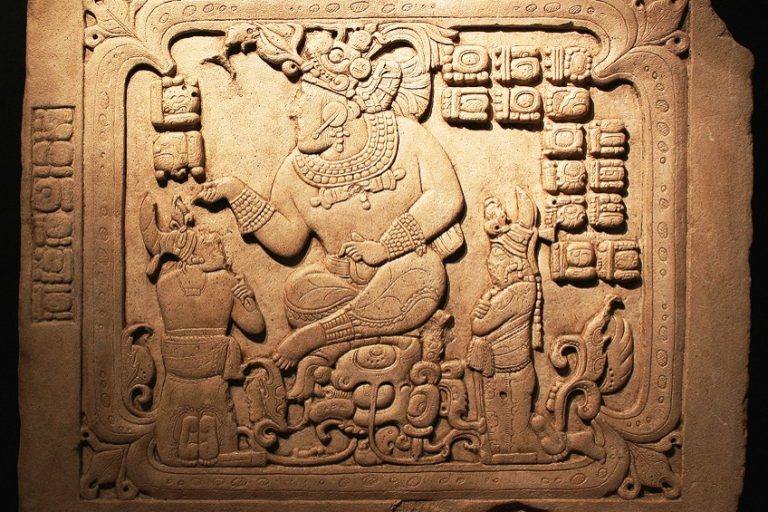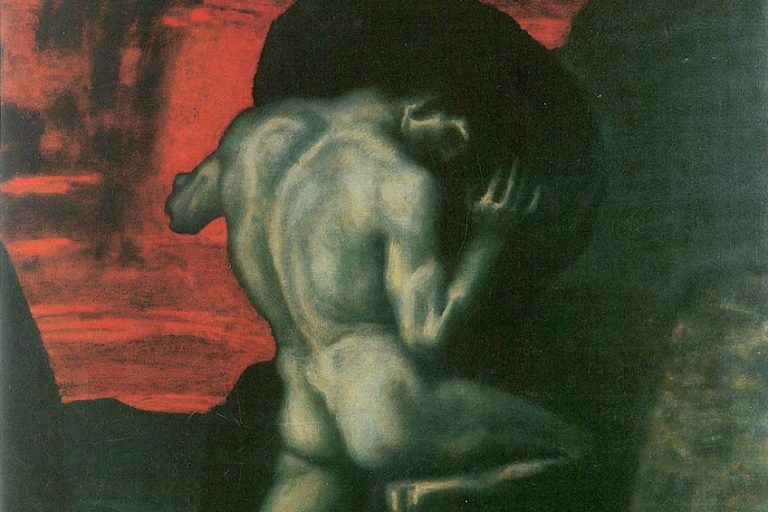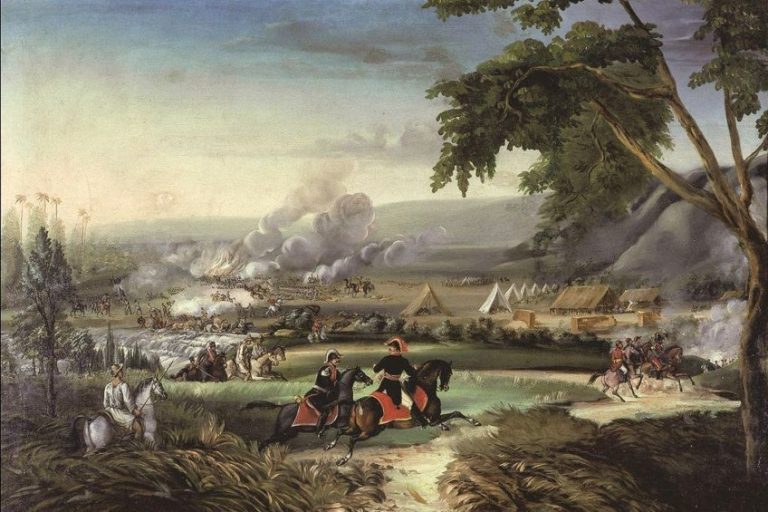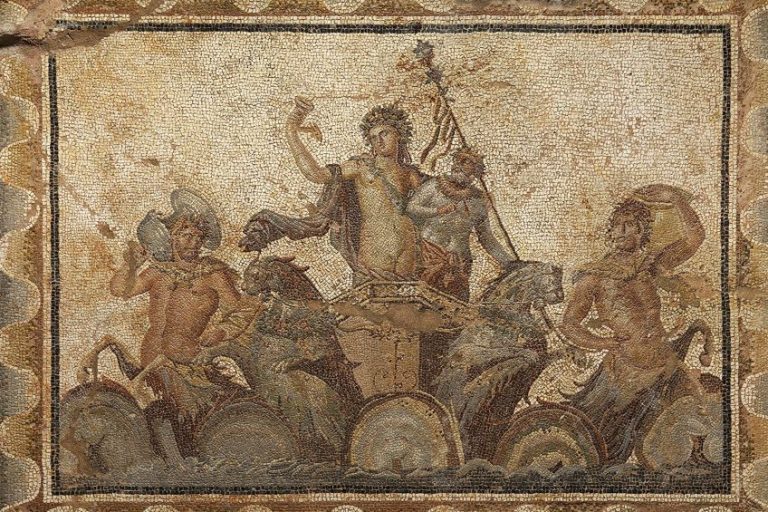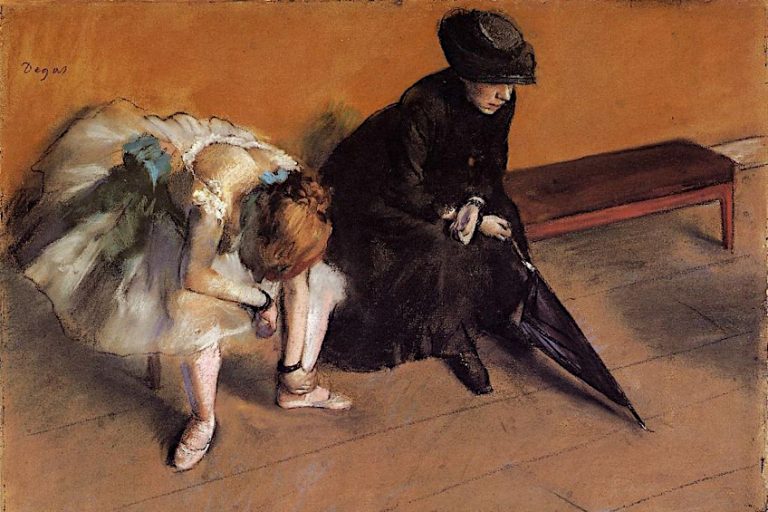Folk Art – Creating a Rich Tapestry of Cultural Heritage
In the vibrant tapestry of human creativity, Folk art emerges as a compelling thread, interwoven with tradition, culture, and the profound stories of everyday life. Rooted in the rich network of Folk art traditions, this article will traverse the globe to showcase examples of Folk art that celebrate the artistry born from the hearts and hands of ordinary people. Join us as we explore the diverse and enchanting landscapes of Folk art, where tradition meets innovation and authenticity finds its most striking expression.
A Window into the Soul of Culture and Tradition: What Is Folk Art?
Folk art is a vibrant and captivating facet of human creativity that transcends generations and connects us with the rich tapestry of our cultural heritage. This form of artistic expression is deeply rooted in the traditions and narratives of ordinary people, celebrating the artistry that emerges from the hearts and hands of individuals who often go unrecognized in the mainstream art world.

The Essence of Folk Art
Folk art, a term that often defies precise definition, finds its essence in the authentic and unvarnished expressions of ordinary individuals within their cultural, social, or regional communities. Unlike the traditional highbrow art that frequently graces the hallowed halls of museums and commands exorbitant price tags, Folk art is firmly rooted in the grassroots of society. It acts as a mirror, reflecting the everyday lives, values, and traditions of everyday people, ensuring that their stories and voices are not lost amidst the grandeur of mainstream art.
Folk art transcends the confines of a single medium or discipline; it is a versatile and vibrant domain where creativity knows no limits.
Artists within this genre engage in a vast array of practices, encompassing painting, sculpture, textiles, pottery, music, dance, and even storytelling. Folk artists are not constrained by the limitations of a canvas or a stage; they draw inspiration from the world around them, infusing their creations with the spirit of their communities.

What sets Folk art apart from its more academically recognized counterparts is its intimate connection to the very soil from which it springs. It’s a tangible and profound embodiment of a shared history and cultural identity that often stretches back for generations. It’s not the solitary pursuit of a genius but the collective and timeless expression of a people. Folk artists draw from their surroundings, often using locally available materials, and their creations are informed by the cultural narratives that have been passed down through the generations.
The Roots of Folk Art Traditions
Folk art traditions are not fleeting creations but are deeply rooted in history, with a legacy that spans centuries and transcends generations. These traditions form an intricate tapestry of artistic expression, an ongoing narrative of creativity that evolves while preserving the fundamental elements of culture. The origins of Folk art are a reflection of humanity’s innate need to express itself, and they can be traced back to the very beginnings of civilization.
These customs are often handed down from one generation to the following, creating an unbroken chain of artistic transmission. In this way, Folk art maintains its ties to history and culture, making it a living testament to the past while adapting to contemporary contexts.
These traditions are vehicles for storytelling, cultural preservation, and community identity.
The roots of Folk art are deeply intertwined with the indigenous practices and beliefs of various cultures. These artistic expressions are a testament to the close relationship between people and their environment, mythology, and daily life. They reflect the fundamental human need to interpret the world and make sense of it through creative expression.
In India, the art of Madhubani painting is a stellar example of how Folk art traditions endure through the centuries. This style of art, hailing from the Mithila region, has been practiced for generations, with motifs inspired by mythology, nature, and daily life. Madhubani artists create intricate, colorful paintings on walls, cloth, and paper, each telling a unique story and often passed down within families. These paintings are an expression of devotion, creativity, and the interconnectedness of life and culture.

Similarly, in Mexico, the art of alebrijes provides a vivid illustration of Folk art traditions rooted in ancient civilizations. These brightly colored wooden sculptures, often resembling fantastical creatures, showcase the country’s deep connection to its Aztec and Maya heritage. The vibrant, intricate designs and vivid colors reflect the spiritual and mythological elements of the indigenous cultures that have shaped Mexican identity.
Folk art traditions are not static; they have been shaped by the ebb and flow of history, including migrations, colonization, and intercultural exchanges. These external influences have enriched and diversified the expressions of Folk art, resulting in a dynamic interplay of cultural elements.
The Characteristics of Folk Art
Folk art, a captivating and diverse form of artistic expression, is characterized by several distinct features that set it apart from mainstream art forms. Embedded in the traditions and heritage of normal people, Folk art embodies the essence of culture and community in unique ways.
Here, we explore the key characteristics that define and distinguish Folk art.
Authenticity
At the core of Folk art lies its authenticity. Unlike the more formal and often commercialized art forms found in galleries and museums, Folk art is the product of individuals within their cultural, social, or regional communities. It is a genuine reflection of everyday life, values, and traditions, making it an unfiltered and unvarnished representation of the human experience.

Diversity of Mediums
Folk art encompasses a wide range of creative practices, spanning painting, sculpture, textiles, pottery, music, dance, and storytelling. The versatility of Folk art is a testament to its adaptability, as it can emerge through any medium that allows for self-expression.
These mediums are chosen based on the availability of materials and the creative preferences of the artists within a community.
Community Connection
Folk art is intimately connected to the communities from which it originates. It is often a communal endeavor, passed down through generations, and deeply rooted in the shared history and cultural identity of a specific group of people. Whether it’s a style of painting, a type of music, or a particular craft, Folk art is a collective expression that binds communities together.
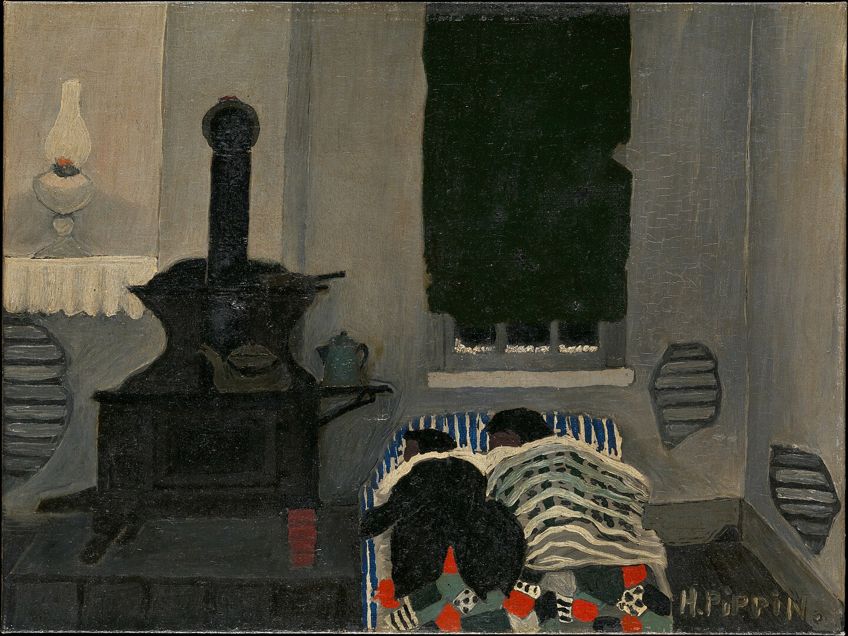
Symbolism and Narratives
Folk art often carries deep symbolism and narratives. It conveys the rich tapestry of human experience through motifs, colors, and patterns that hold cultural significance. These symbols and narratives may draw from mythology, nature, spirituality, and daily life.
This makes Folk art a rich source of stories and traditions passed down through generations.
Simplicity and Practicality
Folk art is often marked by its simplicity. It emphasizes functionality and practicality in the use of materials and design. This simplicity reflects the unpretentious nature of Folk artists and their focus on creating pieces that serve a meaningful purpose within their communities.

Timelessness
Folk art endures through the ages, preserving the ancestry and identity of a community. While it adapts to contemporary contexts, it maintains its fundamental cultural elements, ensuring that the spirit of tradition lives on in an ever-changing world.
A Global Tapestry of Examples
Folk art, with its remarkable diversity and cultural richness, can be discovered on every continent across the globe. It offers an exquisite window into the various cultural landscapes that define our world, and each region contributes its unique blend of stories, traditions, and artistic expressions.

Eastern Europe’s Pysanky Tradition
In Eastern Europe, a remarkable Folk art tradition known as “pysanky” has thrived for centuries. Pysanky refers to intricately painted wooden Easter eggs, and it has a rich and symbolic history. These masterpieces are created through a meticulous process of wax-resist dyeing, in which the artist applies wax in intricate patterns and then immerses the egg in a series of colored dyes. The resulting designs, often featuring intricate geometric shapes and vivid colors, symbolize renewal, fertility, and the arrival of spring.
The tradition is deeply intertwined with the celebration of Easter and reflects the enduring resilience and creativity of Eastern European cultures.
Native American Beadwork
Across North America, Native American communities have cultivated a profound tradition of intricate and colorful beadwork. This captivating form of Folk art is not merely a visual delight but a medium through which tribal history, spirituality, and daily life are communicated. Beadwork is a canvas upon which stories are woven, and intricate designs convey the deep cultural significance of each piece. The choice of colors, patterns, and materials reflects the diverse identities and traditions of different Native American tribes, preserving and celebrating their heritage.
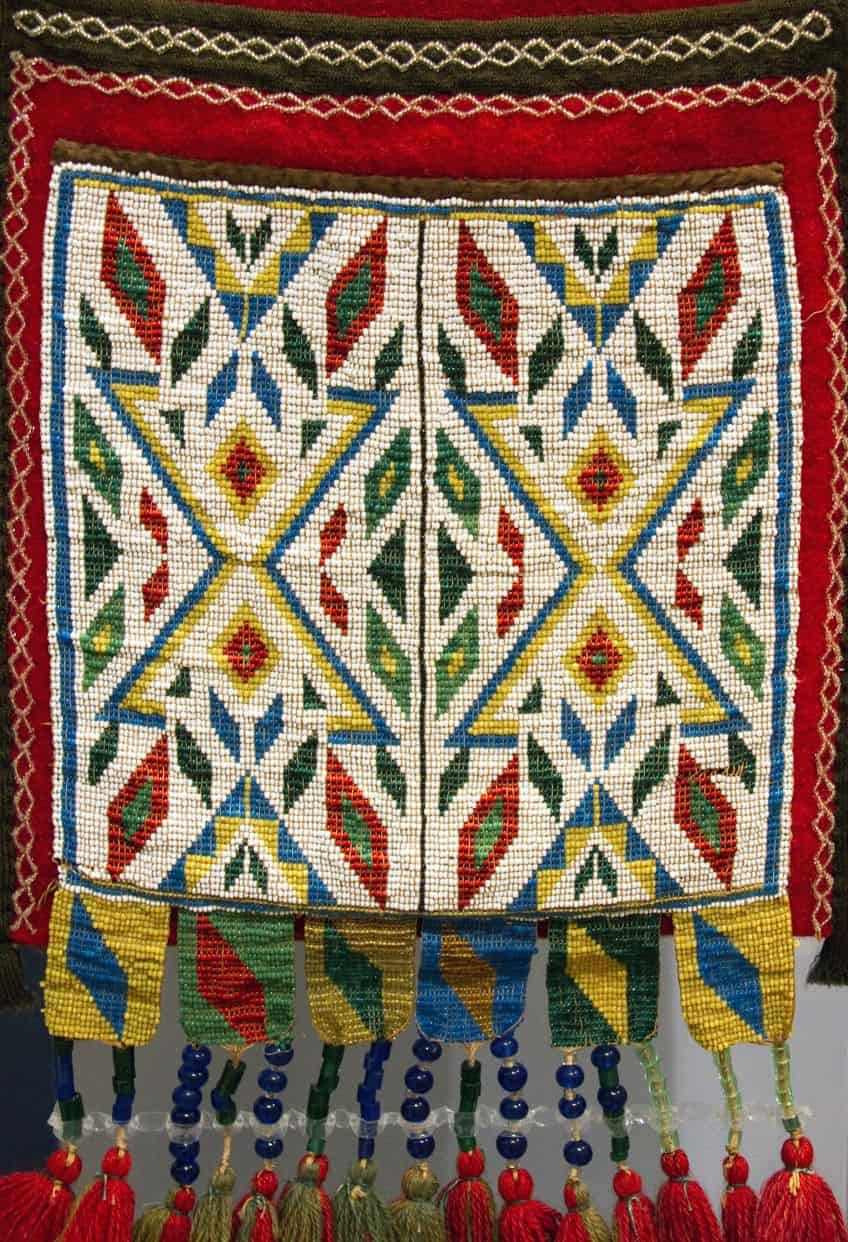
American Quilting Tradition
In the United States, the vibrant tradition of quilting serves as a testament to resilience, creativity, and the interplay of cultures. Rooted in both European and African-American traditions, quilting emerged as an art form that goes beyond its functional purpose. Quilts are not mere blankets; they are intricate patchworks of fabric, design, and history. African-American quilters have, for centuries, used this medium to tell their stories, convey their experiences, and express their cultural identity.
In a similar vein, quilting has been embraced by various American communities, becoming a tangible embodiment of the nation’s cultural tapestry.
A Popular Example of Folk Art in Painting
In the realm of Folk art, painting stands as one of the most captivating and diverse mediums through which communities have expressed their culture, traditions, and stories. This section explores a popular and enduring example of folk art within the world of painting, shedding light on the rich narratives, striking visuals, and cultural significance that these creations convey.

American Gothic (1930) by Grant Wood
| Artist | Grant Wood (1891 – 1942) |
| Date | 1930 |
| Medium | Oil on beaverboard |
| Dimensions (cm) | 74 x 62 |
| Current Location | School of the Art Institute of Chicago, Illinois, United States |
American Gothic is an iconic American painting recognized for its straightforward and visually striking composition. It is a good example of Folk art that also has a bit of traditional painting influences. The painting features a stern-faced, older man and a woman standing in front of a house. They are positioned at the center of the canvas, creating a balanced and symmetrical composition. The woman is to the man’s right, gazing slightly away from him, while the man looks directly at the viewer, evoking a sense of stern authority.
The man and woman depicted in American Gothic are dressed in simple, rural attire. The man holds a pitchfork, which serves as a focal point and symbol of his labor as a farmer. Their expressions are somber, and their clothing is practical, emphasizing their hardworking, no-nonsense lifestyle. The woman wears a dour expression and a distinctive apron, while the man wears overalls and a formal collar.
These visual elements underscore their roles as rural, working-class individuals.
The backdrop of the painting features a Gothic-style window from the house, symbolizing both the architectural style and the traditional values associated with rural life. The house itself is plain and functional, reflecting the simplicity of rural American dwellings. Grant Wood employs a limited color palette dominated by earthy tones, primarily shades of brown and gray. These colors contribute to the overall sense of seriousness and starkness, reflecting the harshness and practicality of rural life.
American Gothic has become an iconic image in American art, symbolizing the values of rural America, hard work, and traditionalism. It’s often interpreted as a representation of the sturdy and enduring American spirit during the Great Depression, a time when many were suffering.
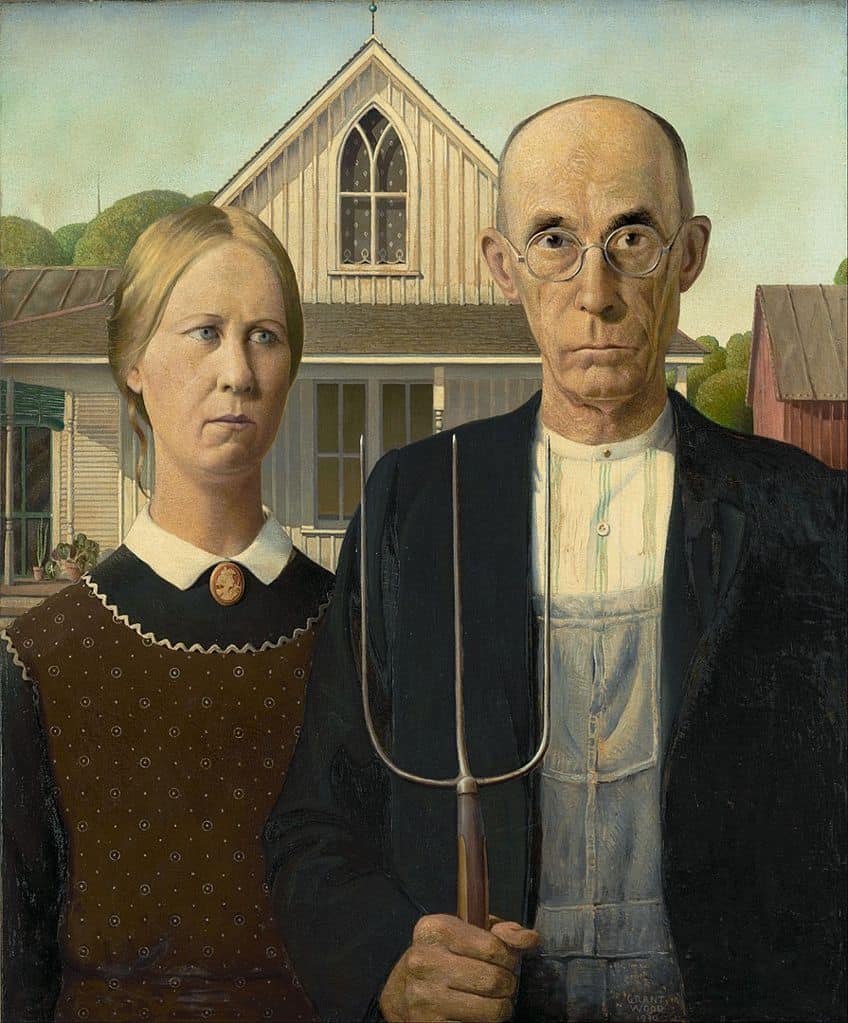
Grant Wood’s painting simultaneously serves as a tribute to rural life and a satirical commentary on the stoic, conservative values of small-town America. The expressions of the subjects and the formality of their attire can be seen as a nod to the humor and irony that Wood injected into the piece. He humorously called it “American Gothic” after the architectural style, even though the house in the background is not an actual Gothic building but rather a plain farmhouse.
American Gothic is a prime example of American Regionalism, a 20th-century art movement that celebrated rural life and landscapes. It aimed to counter the dominance of European modernism by focusing on distinctly American subjects. Grant Wood, along with other regionalists, sought to capture the essence of American culture and identity. The painting also contains elements of social commentary, as it explores the traditional, conservative values and ideals held by some in rural America.
The subjects’ stern expressions and the man’s firm grip on the pitchfork symbolize the unwavering resolve of rural communities, but it can also be interpreted as a commentary on the rigidity and resistance to change found in such settings.
The Continuing Relevance of Folk Art
Folk art, far from being relegated to the dusty pages of history, maintains its vibrancy and relevance in the contemporary world. It stands as a living testament to the enduring power of creativity to connect communities, communicate complex narratives, and shape cultural identities. The stability of Folk art traditions is proof of the continuing nature of its significance.

Adaptation to Modern Life
One of the remarkable features of Folk art is its capacity to adapt to the changing landscapes of modern life. Folk artists today engage with the realities of the 21st century while preserving the essential elements of their cultural heritage. In doing so, they ensure that Folk art remains a dynamic and evolving medium.
This adaptability has allowed Folk art to resonate with new generations and remain relevant within a contemporary context.
Preserving Cultural Identity
Folk art plays a crucial role in preserving and celebrating cultural identities. In a world marked by globalization and rapid change, Folk art serves as a touchstone for cultural continuity. It safeguards the unique stories, symbols, and traditions of a community, offering a source of pride and identity. This preservation of cultural identity through Folk art acts as a bridge between generations, fostering a sense of belonging and pride among individuals.

Complex Narratives
Folk art excels at conveying complex narratives and themes, often related to the history, beliefs, and values of a community. These narratives are not static; they evolve to reflect contemporary issues and concerns. Folk artists draw from their heritage while addressing modern challenges, providing fresh perspectives and insights into the issues facing their communities.
In doing so, Folk art contributes to the ongoing dialogue about culture and society.
Folk Art Revivals
In some cases, there have been Folk art revivals, where communities rediscover and revitalize traditional practices. This revival reflects a reawakening of cultural pride and a recognition of the enduring value of Folk art. These movements often involve not only preserving existing traditions but also adapting them to modern sensibilities and markets. These revitalization efforts not only preserve the past but also inject fresh life into Folk art, ensuring that it remains a dynamic and evolving cultural expression that resonates with contemporary audiences. As these revivals take place, they celebrate the rich heritage of Folk art while simultaneously infusing it with new energy and relevance, thus ensuring its legacy endures.

Global Awareness and Connection
In an interconnected world, Folk art has the potential to foster global awareness and connection. The internet and increased access to international markets allow Folk artists to share their work with a global audience. This exposure not only helps them reach a wider customer base but also promotes cross-cultural understanding and appreciation. As Folk art transcends borders, it becomes a powerful tool for celebrating the diversity of human culture, sparking dialogue between different communities, and uniting people through their shared appreciation for the authenticity and rich narratives that Folk art offers. It serves as a bridge connecting individuals from various backgrounds, making the world a more interconnected and culturally enriched place.
As we’ve ventured through the intricate tapestry of Folk art traditions and delved into diverse examples of this genre from around the globe, we have come to understand that Folk art is far more than a mere artistic expression. It is a celebration of the ordinary, and an authentic embodiment of shared histories, values, and traditions. Folk art is a living testament to the resilience of communities and their enduring power to convey the complexities of life through creativity. Through its myriad of forms, Folk art binds us to our roots, enriches our understanding of cultural identities, and reminds us of the timeless appeal of human expression. In its simplicity, Folk art speaks volumes, revealing the profound and multifaceted beauty that lies within the everyday, and connects us to the heart of what it means to be human.
Frequently Asked Questions
What Is Folk Art?
Folk art is a form of artistic expression that emerges from the grassroots of society, created by individuals within their cultural, social, or regional communities. It encapsulates a wide range of creative practices, such as painting, sculpture, textiles, pottery, music, dance, and storytelling. What distinguishes Folk art is its intimate connection to the community from which it originates, often serving as a visual and auditory embodiment of shared history, values, and cultural identity. It celebrates the everyday lives, traditions, and narratives of ordinary people, making it a vibrant and authentic reflection of the human experience.
What Are the Characteristics of Folk Art?
Folk art is distinguished by its authenticity. It is intimately connected to the communities from which it originates, often passed down through generations, and deeply rooted in shared history and cultural identity. This diverse form of artistic expression can encompass a wide range of mediums, including painting, sculpture, textiles, music, and storytelling, making it a versatile and authentic reflection of human creativity. Folk art often carries deep symbolism and narratives, drawing from cultural motifs and reflecting the rich tapestry of human experiences. Simplicity and practicality are also key characteristics, emphasizing functionality in the use of materials and design. Above all, Folk art endures through time, preserving cultural heritage while adapting to contemporary contexts.
How Is Folk Art Different from Traditional Art?
Folk art differs from traditional art in several key ways. While traditional art often reflects the work of professional and trained artists, and is typically showcased in mainstream galleries, Folk art is created by individuals within their cultural or regional communities. Folk art is characterized by its authenticity, deeply rooted in everyday life and cultural traditions, while traditional art often explores a broader range of themes and styles. Traditional art is often influenced by academic and artistic conventions, while Folk art tends to be more diverse, with a wide range of mediums and styles used. The purpose of traditional art can vary widely, while Folk art often emphasizes practicality and functionality, such as in crafts or textiles.
Nicolene Burger is a South African multi-media artist, working primarily in oil paint and performance art. She received her BA (Visual Arts) from Stellenbosch University in 2017. In 2018, Burger showed in Masan, South Korea as part of the Rhizome Artist Residency. She was selected to take part in the 2019 ICA Live Art Workshop, receiving training from art experts all around the world. In 2019 Burger opened her first solo exhibition of paintings titled, Painted Mantras, at GUS Gallery and facilitated a group collaboration project titled, Take Flight, selected to be part of Infecting the City Live Art Festival. At the moment, Nicolene is completing a practice-based master’s degree in Theatre and Performance at the University of Cape Town.
In 2020, Nicolene created a series of ZOOM performances with Lumkile Mzayiya called, Evoked?. These performances led her to create exclusive performances from her home in 2021 to accommodate the mid-pandemic audience. She also started focusing more on the sustainability of creative practices in the last 3 years and now offers creative coaching sessions to artists of all kinds. By sharing what she has learned from a 10-year practice, Burger hopes to relay more directly the sense of vulnerability with which she makes art and the core belief to her practice: Art is an immensely important and powerful bridge of communication that can offer understanding, healing and connection.
Nicolene writes our blog posts on art history with an emphasis on renowned artists and contemporary art. She also writes in the field of art industry. Her extensive artistic background and her studies in Fine and Studio Arts contribute to her expertise in the field.
Learn more about Nicolene Burger and the Art in Context Team.
Cite this Article
Nicolene, Burger, “Folk Art – Creating a Rich Tapestry of Cultural Heritage.” Art in Context. January 31, 2024. URL: https://artincontext.org/folk-art/
Burger, N. (2024, 31 January). Folk Art – Creating a Rich Tapestry of Cultural Heritage. Art in Context. https://artincontext.org/folk-art/
Burger, Nicolene. “Folk Art – Creating a Rich Tapestry of Cultural Heritage.” Art in Context, January 31, 2024. https://artincontext.org/folk-art/.


